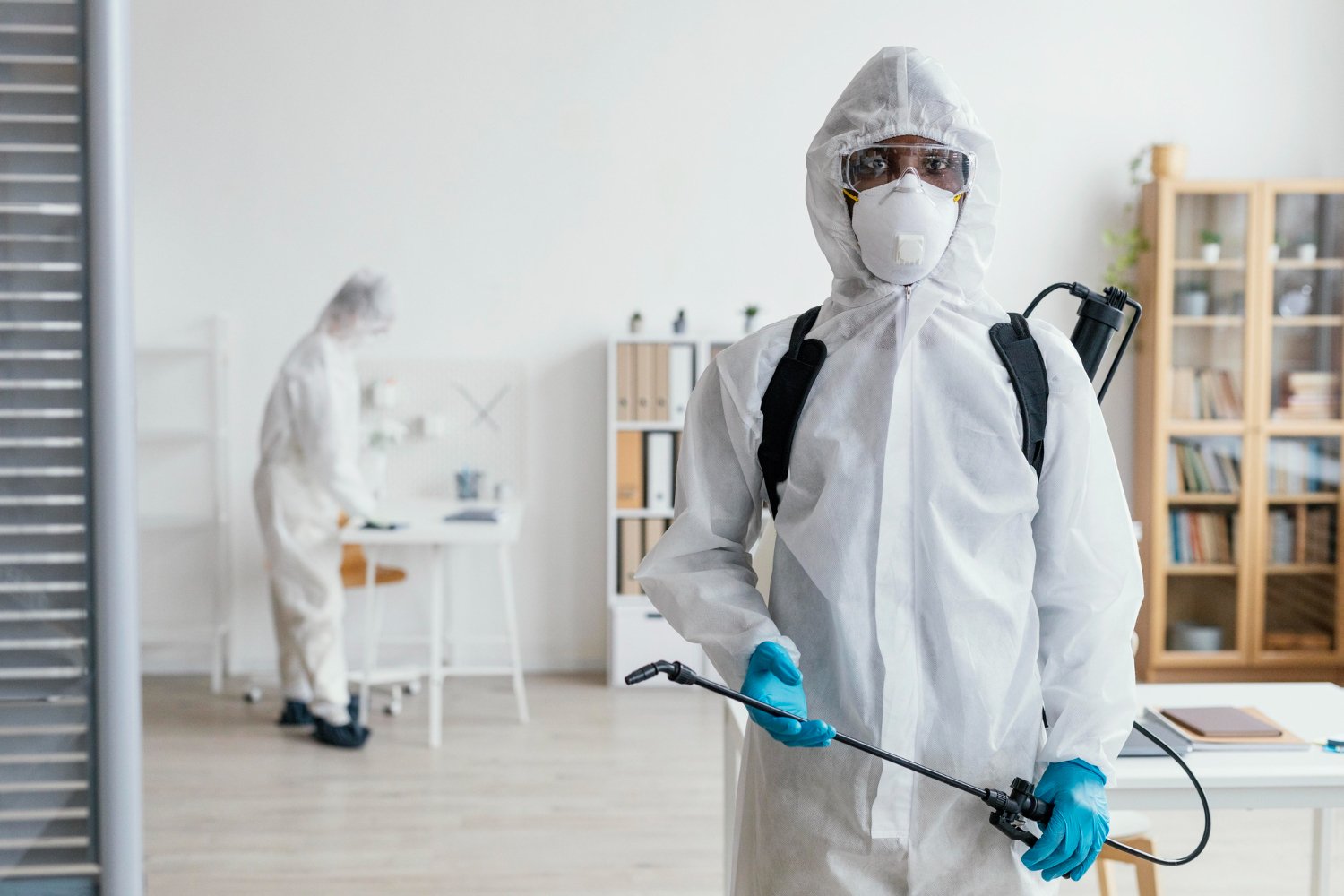Trusted Solutions for Rodents and Bugs from Pest Control Lockhart
Trusted Solutions for Rodents and Bugs from Pest Control Lockhart
Blog Article
Checking Out Infestation and Treatment Strategies on the planet of Pest Control
The landscape of parasite control incorporates a myriad of challenges, particularly as invasions of typical household pests continue to develop. Recognizing the actions and reproductive patterns of these problems is essential for developing effective treatment methods. By incorporating preventative steps with sophisticated monitoring strategies, such as Integrated Parasite Management (IPM), home owners can much better secure their atmospheres. Nevertheless, the effectiveness of these methods might differ substantially based on specific conditions. What underlying aspects add to the success or failure of these techniques in different setups?

Common Household Vermin
When it comes to managing our space, recognizing typical household insects is important. These insects not just interrupt our convenience but can additionally posture wellness threats and damage property. One of the most widespread home bugs consist of ants, cockroaches, rodents, termites, and bed pests.
Ants, frequently seen foraging in kitchens, can pollute food and establish big swarms. Rodents, including mice and rats, can create structural damage and carry diseases like hantavirus and salmonella.
Identifying the indications of these insects, such as droppings, nests, or bite marks, is vital for very early intervention (Pest Control Lockhart). Appropriate hygiene techniques, sealing access points, and keeping a clutter-free atmosphere are efficient preventative procedures. By recognizing these typical home pests and comprehending their behaviors, house owners can take positive steps to reduce infestations, making certain a much healthier living setting
Comprehending Insect Infestations
Parasite infestations can rise rapidly, turning a small nuisance into a considerable trouble if not attended to immediately. Usual aspects contributing to invasions consist of poor hygiene, architectural susceptabilities, and seasonal modifications that drive parasites indoors.
Determining the type of parasite is necessary, as different varieties show different actions and reproductive rates. For example, rodents might establish nests in hidden locations while bugs like roaches grow in wet settings. Early detection usually pivots on recognizing indicators such as droppings, nibble marks, or unusual sounds, which can show a problem prior to it comes to be extreme.
Warm, moist climates can assist in the rapid growth of parasite populations, while adjustments in landscaping or building can accidentally create helpful environments. An educated technique to recognizing these dynamics lays the groundwork for reliable pest management methods in the future.
Therapy Methods and Methods
Reliable therapy methods and methods are crucial for reducing parasite infestations and restoring a risk-free setting. A complex approach is typically best, including chemical, organic, and mechanical strategies tailored to the particular bug and the extent of the problem.
Chemical therapies include using insecticides and herbicides, which can efficiently get rid of bugs. Proper application and adherence to safety guidelines are essential to reduce dangers to humans and non-target organisms. Integrated Pest Management (IPM) encourages the judicious use chemicals as a last option, counting rather on tracking and threshold levels to determine treatment demands.
Biological control approaches include introducing all-natural predators or parasites to lower insect populations. This technique is progressively popular, specifically in agricultural setups, as it promotes important source ecological sustainability.
Mechanical techniques, useful link such as traps and obstacles, provide prompt remedy for parasites without introducing chemicals. Alternatives include sticky catches for pests or physical barriers for rats.
Eventually, the selection of treatment approach must think about the particular pest, the environment, and prospective impacts on human wellness and ecological communities. A well balanced mix of these approaches can efficiently handle invasions while promoting lasting bug control remedies.
Precautionary Steps for Homes
Proactively addressing insect problems before they escalate is important for keeping a healthy home environment (Pest Control Lockhart). Implementing reliable precautionary measures can substantially decrease the probability of problems, eventually guarding both your property and health

Correct landscape design also plays a critical duty in prevention. Keeping hedges and trees cut away from the home minimizes the opportunities of pests finding their method indoors. Make sure that water drainage systems are operating successfully to stop standing water, which can draw in insects and other insects.
Last but not least, regular assessments are suggested. Regularly looking for indications of pest my site activity enables early treatment. By embracing these preventative measures, homeowners can develop an atmosphere that is less congenial to pests, thus enhancing their overall lifestyle and minimizing the demand for substantial pest control treatments.
Business Pest Control Techniques
A detailed technique to business pest control is crucial for businesses intending to keep a secure and hygienic environment. Reliable approaches involve a combination of regular assessments, employee training, and the execution of Integrated Pest Management (IPM) techniques.
Routine assessments make it possible for very early discovery of bug task, enabling prompt treatment. Services must create a routine timetable for these assessments, concentrating on risky areas such as kitchens, storage space spaces, and waste disposal websites. Worker training is equally vital; personnel ought to be informed on the signs of bug problems and the value of reporting them instantly.
Applying IPM practices assists reduce insect concerns sustainably. This includes habitat adjustment, such as securing entrance points and minimizing mess, as well as using natural deterrents before turning to chemical therapies.

Additionally, collaborating with an accredited bug control company makes sure access to expert knowledge and advanced therapy options. This collaboration can bring about tailored pest control intends customized to the certain requirements of business, reducing dangers and enhancing overall efficiency. Inevitably, an aggressive and informed method fosters a pest-free atmosphere, securing both public health and company reputation.
Final Thought
In final thought, efficient insect control requires an extensive understanding of common family insects and their habits, coupled with targeted treatment methods. Carrying out precautionary measures along with treatment techniques such as Integrated Insect Management and biological control enhances the capability to reduce problems.
Report this page